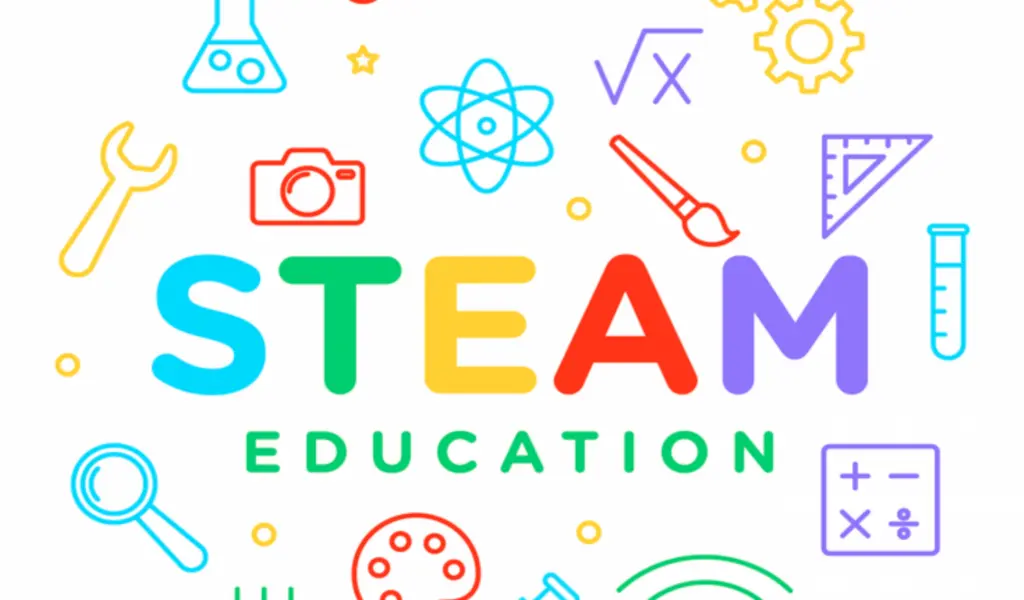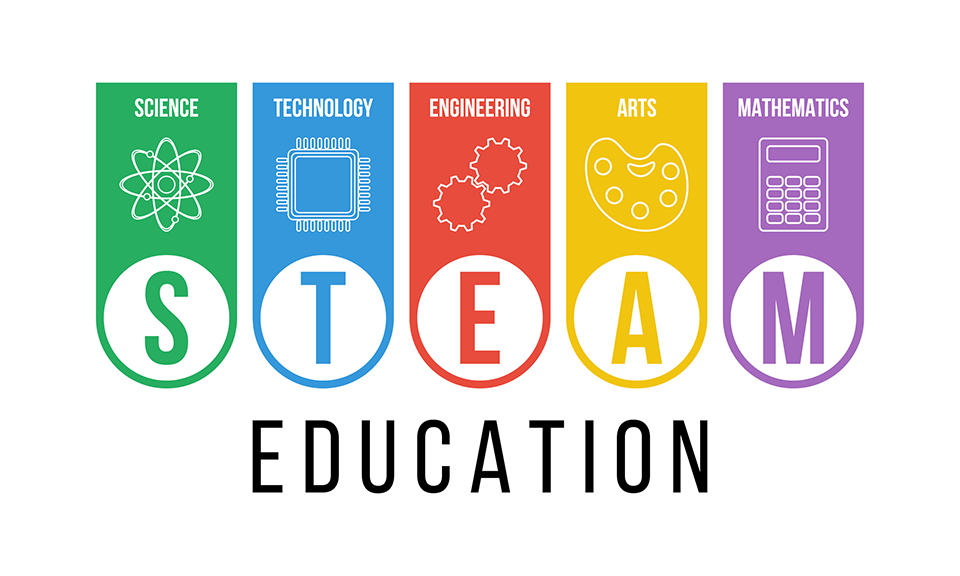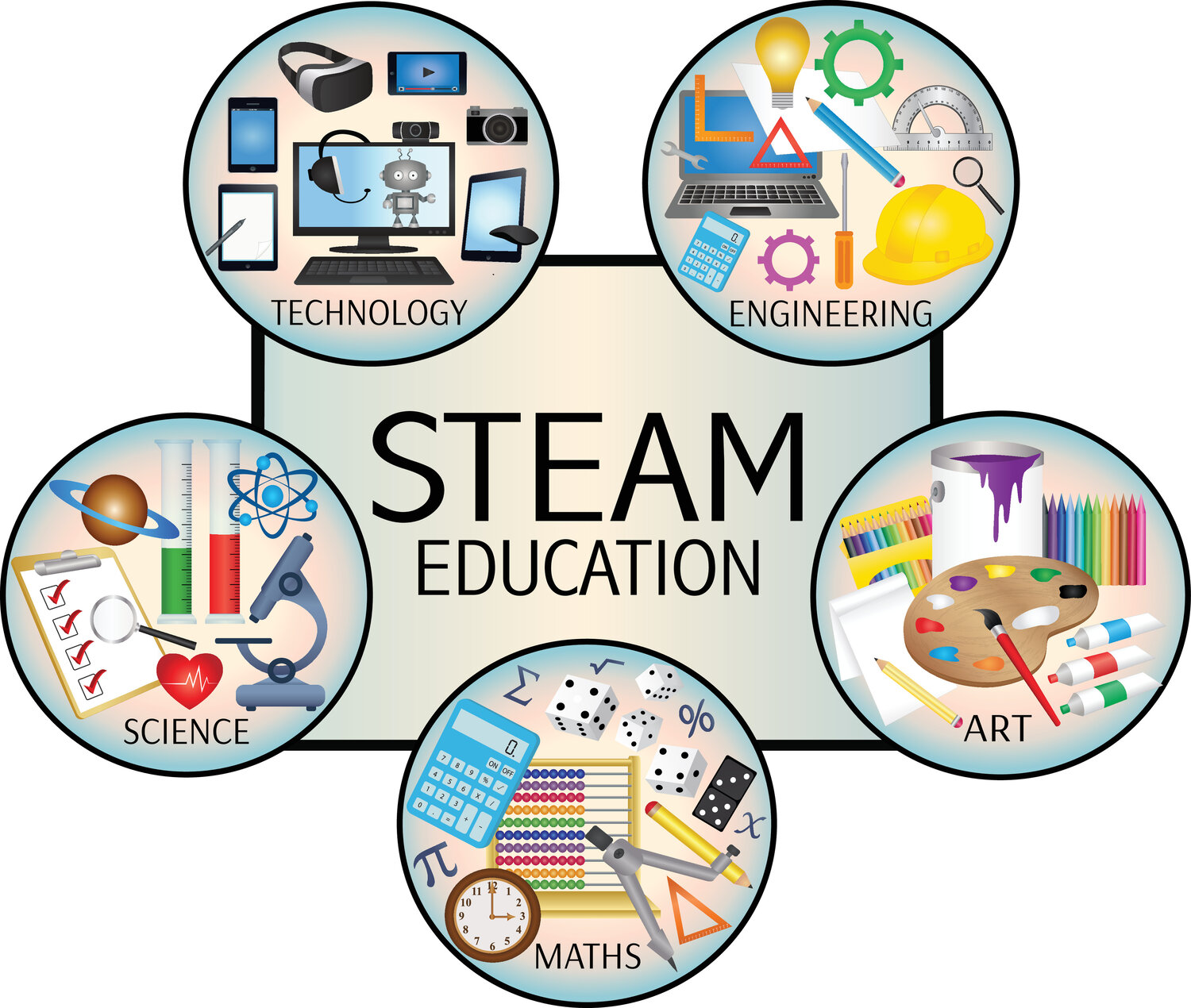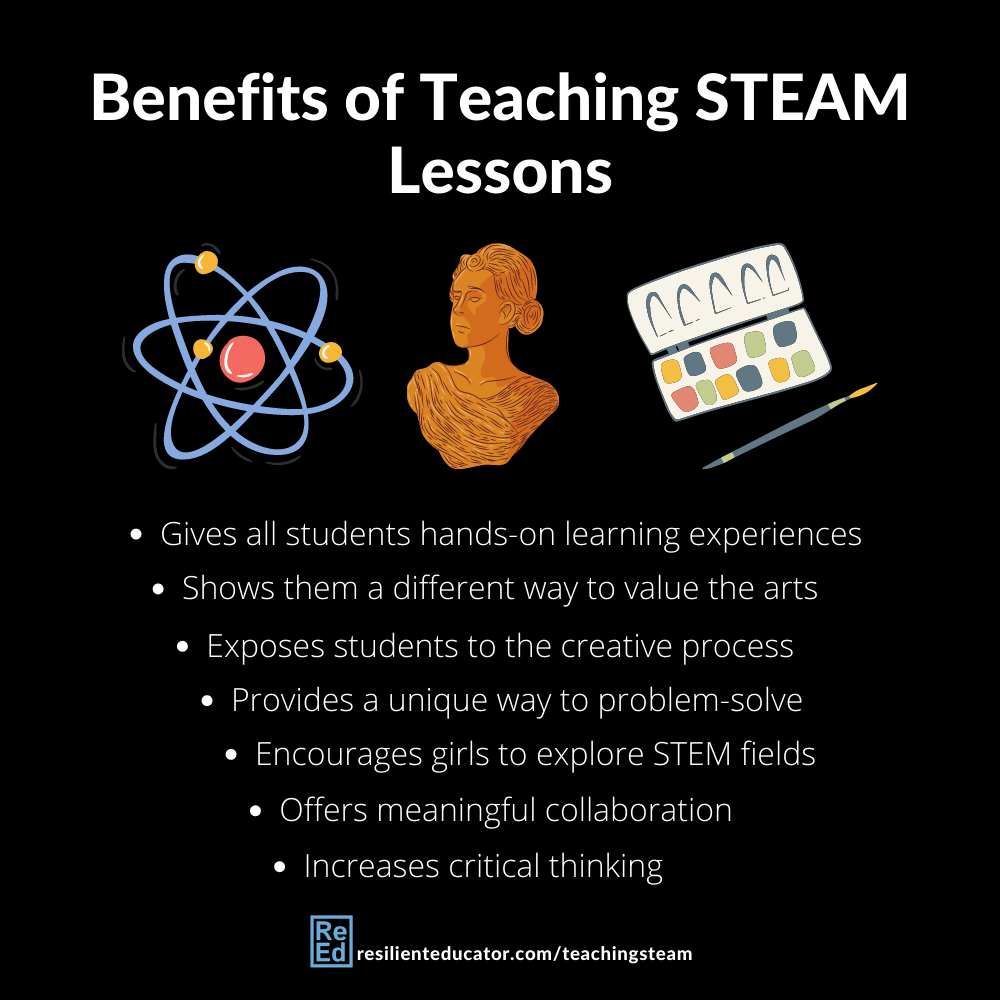Learning
What is STEAM Education?: The Future Of Learning

(CTN NEWS) – In today’s fast-paced world, education is no longer just about memorizing facts and figures. The 21st century demands a new approach to education that fosters innovation, creativity, and critical thinking skills.
This is where STEAM Education comes in, an approach that incorporates Science, Technology, Engineering, Arts, and Mathematics.
This article will discuss the key concepts of STEAM Education, its benefits, and how it can shape the future of learning.
1. What is STEAM Education?
STEAM Education is an approach to learning that integrates Science, Technology, Engineering, Arts, and Mathematics to create a more holistic and engaging learning experience.
Rather than treating these subjects as separate entities, STEAM Education aims to combine them to encourage creativity, innovation, and critical thinking.
STEAM Education was developed in response to the growing demand for a workforce with skills in these areas.
By incorporating STEAM Education into the classroom, students are better equipped to solve complex problems, think creatively, and innovate.
It also prepares them for the challenges of the modern world, where technology is integral to our daily lives.
2. The Five Components of STEAM Education
The five components of STEAM Education are Science, Technology, Engineering, Arts, and Mathematics.
These components work together to create a multidisciplinary approach to learning. Let’s take a closer look at each component:
Science
Science is the study of the natural world and its phenomena.
It includes subjects such as biology, chemistry, and physics. In STEAM Education, science is used to understand and solve real-world problems.
Technology
Technology is the application of scientific knowledge for practical purposes. It includes subjects such as computer science, programming, and robotics.
In STEAM Education, technology is used to design and create solutions to real-world problems.
Engineering
Engineering is the application of scientific and mathematical principles to design and build structures, machines, and systems.
In STEAM Education, engineering is used to design and build prototype solutions to real-world problems.
Arts
Arts include subjects such as music, visual arts, and drama. In STEAM Education, arts are used to encourage creativity and innovation. They can also be used to communicate scientific and mathematical concepts.
Mathematics
Mathematics is the study of numbers, quantities, and shapes. In STEAM Education, mathematics is used to understand and solve real-world problems. It is also used to analyze and interpret data.
3. How STEAM Education Differs from Traditional Education?
Traditional education often focuses on rote memorization and standardized tests. In contrast, STEAM Education is a more hands-on and inquiry-based approach to learning.
Students are encouraged to think critically and solve problems creatively. They are also given opportunities to work collaboratively and communicate their ideas effectively.
Another key difference is the integration of the arts into STEAM Education. Traditional education often neglects the arts, seeing them as separate from the core subjects.
In STEAM Education, the arts are integral to the learning process. They provide students with a creative outlet and can help them understand and communicate scientific and mathematical concepts.
4. Benefits of STEAM Education
There are many benefits to incorporating STEAM Education into the classroom. Here are some of the most significant:
1. Encourages critical thinking and problem-solving skills
STEAM Education challenges students to think critically and solve problems creatively.
By engaging in hands-on activities and real-world projects, students develop essential problem-solving skills that will serve them well in all areas of life.
2. Fosters creativity and innovation
STEAM Education encourages students to think creatively and develop innovative solutions by incorporating the arts into the learning process.
This mindset is essential for success in today’s rapidly changing world, where new technologies and ideas constantly emerge.
3. Prepares students for the workforce of the future
The demand for workers with science, technology, engineering, and mathematics skills is on the rise. STEAM Education prepares students for future jobs by incorporating these subjects into the classroom.
4. Encourages collaboration and communication
STEAM Education encourages students to work collaboratively and communicate their ideas effectively. These skills are essential for success in the modern workforce, where teamwork and effective communication are critical.
5. Provides opportunities for real-world application
STEAM Education allows students to apply what they have learned to real-world problems. This not only makes the learning process more engaging but it also helps students see the relevance of what they are learning.
5. Real-World Examples of STEAM Education
STEAM Education is already being used in many schools and educational programs worldwide. Here are some examples:
1. Project Lead the Way
Project Lead the Way is a nonprofit organization that provides STEAM Education programs to K-12 schools across the United States.
Their programs focus on hands-on, project-based learning and are designed to prepare students for the future workforce.
2. The Maker Movement
The Maker Movement is a global community of DIY enthusiasts who use technology and creative problem-solving skills to make things.
The Maker Movement is a perfect example of STEAM Education in action, as it combines science, technology, engineering, arts, and mathematics to create innovative solutions to real-world problems.
3. The Hour of Code
The Hour of Code is a global movement encouraging students to learn computer science.
It allows students to learn the basics of coding in a fun and engaging way. The Hour of Code is an excellent example of how technology can be used to promote STEAM Education.
6. How to Incorporate STEAM Education in Your Classroom?
If you are interested in incorporating STEAM Education into your classroom, here are some tips:
1. Start small
STEAM Education can be overwhelming at first, so start small. Try incorporating one or two STEAM activities into your lesson plans and see how it goes.
2. Look for resources
Many resources are available for teachers who want to incorporate STEAM Education into their classrooms. Look for online lesson plans, professional development opportunities, and local workshops.
3. Collaborate with other teachers
Collaborate with other teachers who are interested in STEAM Education. By working together, you can share ideas and resources and support each other in the implementation process.
4. Focus on the process, not just the product
STEAM Education is about the process of learning and problem-solving, not just the end product. Encourage students to take risks, experiment, and learn from their mistakes.
7. Challenges of Implementing STEAM Education
While STEAM Education has many benefits, it also presents some challenges. Here are some of the most significant challenges:
1. Lack of resources
One of the biggest challenges of implementing STEAM Education is the lack of resources. Many schools and teachers struggle to find the funding and equipment to provide students with hands-on, project-based learning experiences.
2. Lack of teacher training
Another challenge in implementing STEAM Education is the lack of teacher training.
Many teachers feel unprepared to teach STEAM subjects and may lack the knowledge or skills to provide students with effective STEAM instruction.
3. Difficulty integrating subjects
Integrating subjects in a meaningful way can be a challenge in STEAM Education.
Teachers must find ways to connect science, technology, engineering, arts, and mathematics in an engaging and meaningful way for students.
4. Assessment and evaluation
Assessing and evaluating student learning in STEAM Education can be challenging.
Traditional assessment methods may not effectively measure the skills and knowledge developed through hands-on, project-based learning experiences.
8. Conclusion
In conclusion, STEAM Education is an approach to learning that integrates science, technology, engineering, arts, and mathematics in an engaging and meaningful way for students.
By incorporating STEAM Education into the classroom, teachers can help students develop critical thinking and problem-solving skills, foster creativity and innovation, prepare them for the future workforce, encourage collaboration and communication, and provide opportunities for real-world application.
While implementing STEAM Education can present some challenges, many resources are available to help teachers overcome these obstacles and provide their students with high-quality STEAM education.
RELATED CTN NEWS:
7 Effective Tips to Know About Tipping at 5 Star Nail Salons
15 Essential Qualities of a Great Facility Maintenance Recruiter

































